Why care about ammunition tests?
Bullet makers and ammo manufacturers want to sell ammo …
So they all claim to have the “latest and greatest” when it comes to self-defense ammo. That’s why it’s important to look at testing to verify these claims and see how the bullets — consistently — perform.
Also, more and more over the past decade, there has been a switch not only from ball ammo (FMJ) to Hollow points (JHP) but now the new standard is “barrier blind” ammunition.
This is a reference to how the bullet performs in ballistic gelatin AFTER it has passed through an intermediate barrier. In other words, can it shoot through some type of barrier and still perform well in the ballistic gelatin.
This can greatly affect how the bullet performs in real life (because most criminals are NOT naked and many times are not standing straight in front of you giving you a perfect silhouette shot!)
For instance, The Federal Hydra-Shock was a well respected hollowpoint when I first started shooting. But it’s now not the best choice because testing has shown its lack of expansion after passing through clothing.
So therefore, if it did well in ballistic gelatin, but then did not do well after passing through clothing in the gelatin, that bullet is not on the list.
The testing protocol
The ammo on the “approved” list is from DocGKR’s (http://www.firearmstactical.com) online postings. The good doctor explains a solid testing protocol for pistol caliber bullets …
“Gelatin calibration needs to be performed on each block of 10% Type 250A ordnance gelatin that has been stored for several days at 4 degrees Celsius. To accomplish this (GEL CAL), a 0.177” steel BB is fired into each block at 590 fps +/- 15 fps, with an ideal range of penetration defined as 8.5 cm +/- 1.0 cm of penetration, although up to +/- 1.5 cm is considered acceptable. Duncan MacPherson’s book Bullet Penetration has more information on gel calibration.
Common testing includes either an FBI type assessment using at least the six standard FBI tests at 10 feet (bare gel, heavy clothing, sheet steel, wallboard, plywood, auto glass), with the possible addition of the heavy clothing and auto glass tests at 20 yards or a three event IWBA type test using bare gelatin, 4 layer denim, and auto windshield tests all at 10 feet.
Typically weapon type and barrel length are reported, along with ammunition type, manufacturer part number, along with lot number.
Generally, at least five rounds of each ammunition type should be shot into gel for each test event.
Velocity (VEL) is recorded using an appropriate chronograph.
After penetration depth (PEN) is recorded, the bullets are recovered, then weighed on a digital scale and measured using digital vernier calipers. Ideal penetration for duty projectiles is in the 12 to 18 inch range.
The recovered diameter (RD) of each bullet is calculated by averaging the largest and smallest diameters measured at the leading edge of the deformed bullet. The length of each recovered bullet (RL) is also measured. Good RD’s are around 0.60″ for 9mm/357Sig, 0.65″ for .40S&W, and 0.70″ for .45ACP.”
So what does all this mean?
Well, if you can’t find your ammo on the list … then it most likely did not perform as well as it should have during at LEAST one of the tests.
Typically, the bare gellatin and then gelatin covered in heavy clothing are shot first. If it doesn’t pass these two, then it won’t pass the others, so a lot get thrown out immediately at this point …
Then after that, I hear the hardest intermediate barrier to deal with is auto glass that simulates shooting through a car windshield.
For example, one reader of mine asked …
“Cor-bon Pow-R-Ball, a particular favorite of mine in .45, is noticeably absent! I also use Hornady Critical Defense when the Cor-bon isn’t available – a regular event for some time now. Other than availability, any personal objections to Pow-R-Ball and why?”
Well, I don’t have a good answer for that because I didn’t do the testing on those loads and am quite ignorant. However, I did search the internet for Hornady Critical Defense and DocGKR’s name and found this tidbit …
“In general, the Hornady Critical Duty ammunition did NOT perform as well as several current JHP loads. The best performing Critical Duty load was the .45 Auto 220 gr +P and the worst performing was the .40 S&W 175 gr. In areas where conventional JHP designs are prohibited, the Hornady Critical Duty joins the Federal EFMJ as an option that is better than the Corbon Powerball or FMJ loads.
The Barnes all copper JHP bullets are an outstanding choice when lighter weight service caliber handgun projectiles are desired.
The Fed HST line is among the best duty loads currently available for service caliber pistols. HST’s tend to work best using heavier bullets (147 gr, 180 gr, 230 gr) at moderate velocities, with standard pressures.”
So there you go. You can research these things yourself if you like, you just have to spend the time on search engines and doing a lot of reading.
My advice is choose a load off the list, then get to practicing …
Just find a couple of the listed loads that you like. Buy a few boxes and take them to the range (100 should be enough of each type). Yes, I know it’s expensive but you’re going to make sure your gun doesn’t choke on them first …
Shoot 100 of each brand. Decide from there if you still like it based on the fact that it fed reliably, is accurate, etc from your handgun.
Then go buy a bulk “case” of the one you like best in 500-1000 rounds. Preferably 1000. Then go shoot at least 100-200 more rounds from it to make sure you’re still not seeing any malfunctioning.
(This would also be a good time to verify where your point of aim is VS your point of impact at various ranges like 7 yds, 10 yds, 15 yds, 25 yds — so you KNOW where you need to aim to make hits at various ranges with your self defense ammmo.)
So now you’ve got anywhere from 200-500 rounds of your chosen self-defense ammo fired through your gun, so you know it’s reliable because there have been no jams, etc and you can trust it. Then load up your actual magazines you’re going to put in your self-defense gun and leave those magazines alone.
Then spend the rest of your time, money and “worrying” on practicing with the cheapest ammo you can find (that matches your overall self-defense ammo in point of aim vs point of impact at those same ranges for best results. Inside of 10 yds, honestly, you’re not going to see much difference in anything most likely.)
In short, instead of spending hours researching and/or arguing on the internet about what bullet performs best, realize there is no “perfect” bullet and spend your time practicing your skills because being able to put your rounds center mass is better guaranteed to save your life (or your family’s life) than carrying the “best” ammunition.



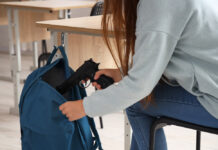
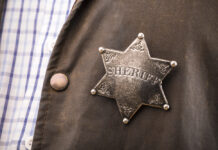

![What Level Holster Should You Be Using? [Video]](/wp-content/uploads/2024/04/Depositphotos_44548439_S-218x150.jpg)






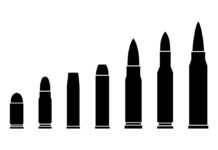
![Immigrant BLOWS UP Liberal Gun Narrative In 35 Seconds [Video]](/wp-content/uploads/2024/01/Depositphotos_354969444_S-218x150.jpg)
![What You Must Think About BEFORE Pulling The Trigger [Video]](/wp-content/uploads/2023/12/Depositphotos_28460095_S-218x150.jpg)
![Put A 1911 In Your Pocket? [Video]](/wp-content/uploads/2024/04/Screenshot-2024-04-16-6.06.49-PM-218x150.png)
![Is The LARGEST Sporting Rifle In The World What Joy Behar Was REALLY Talking About? [Video]](/wp-content/uploads/2024/04/Depositphotos_417599848_S-218x150.jpg)
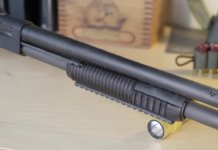
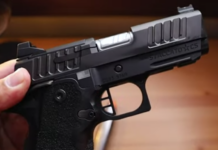
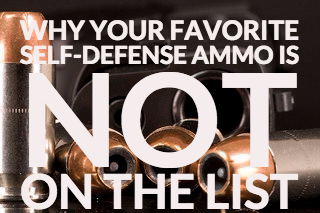



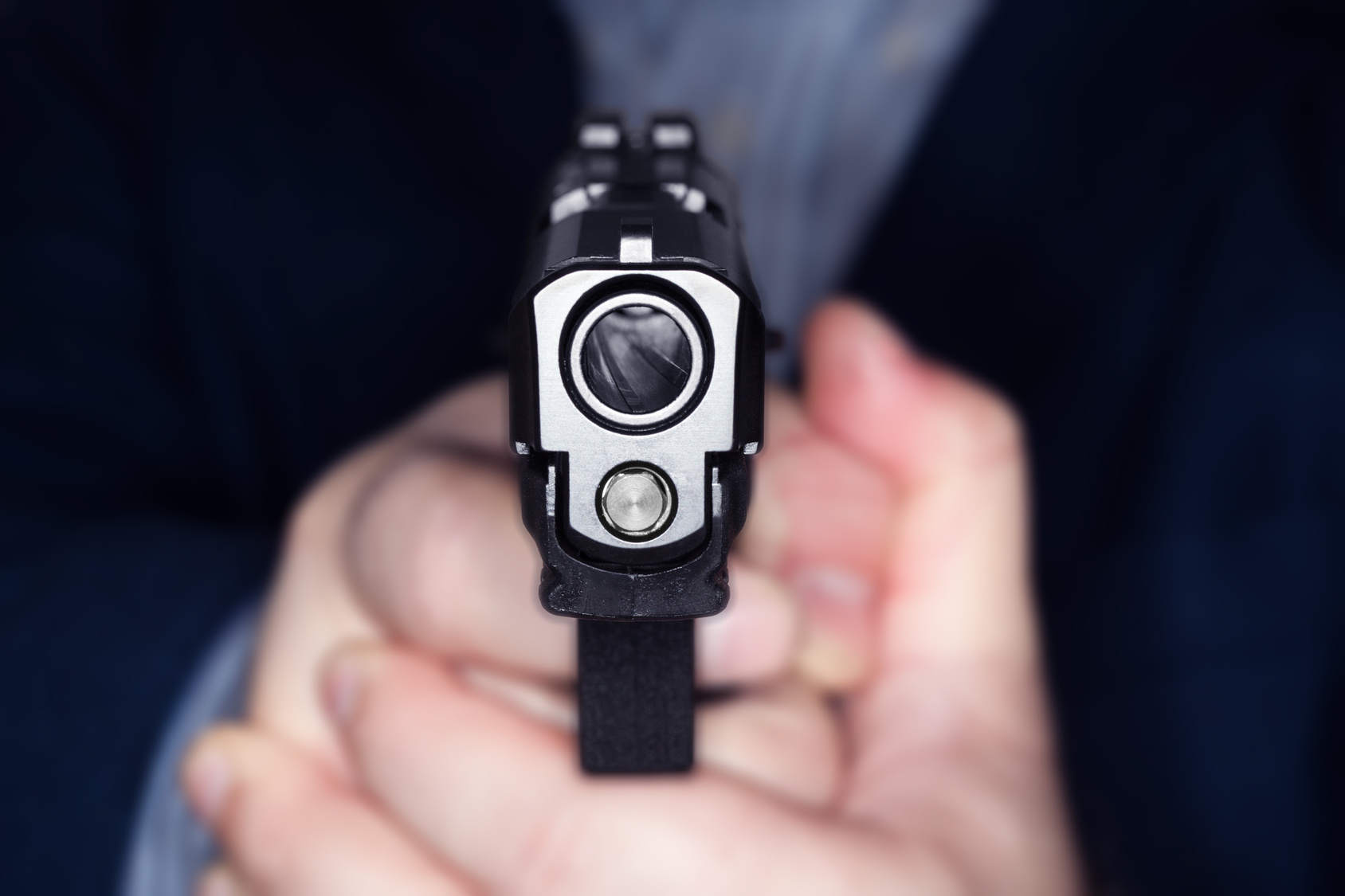

![What Level Holster Should You Be Using? [Video]](/wp-content/uploads/2024/04/Depositphotos_44548439_S-100x70.jpg)
![Put A 1911 In Your Pocket? [Video]](/wp-content/uploads/2024/04/Screenshot-2024-04-16-6.06.49-PM-100x70.png)
![Is The LARGEST Sporting Rifle In The World What Joy Behar Was REALLY Talking About? [Video]](/wp-content/uploads/2024/04/Depositphotos_417599848_S-100x70.jpg)


![Optic Ready vs Milled slides? [Video]](/wp-content/uploads/2024/02/image-3-100x70.png)
![[Checklist] What Gear You Need To Take Pistol, Rifle & Shotgun Training Courses [Video]](/wp-content/uploads/2023/07/Depositphotos_275087632_L-100x70.jpg)
![What is in Carter’s 2023 EDC? [Video]](/wp-content/uploads/2023/07/Depositphotos_146856137_L-100x70.jpg)



Thanks so much for the article on the best ammo for 9mm, 45 cal, and 40 cal.
Now, how about the best self defense ammo for the 380 cal. that almost everyone now carries for self defense? This is the report needed by most people.
Marv.
I’ll look into it Marv!
I wouldn’t want to carry anything smaller than a 9 mm, unless you are carrying a derringer, for reasons of concealment. And I would advise carrying at least a .22 mag, or a .32 ACP, in a derringer sized gun. The noise alone from a short barreled .22 mag ought to scare the hell of them, at a minimum.
So, your telling me that I need to replace my trusty Ruger Security Six .357 Magnum. My defense loads are .357 Mag, 158gr JHP, or .38 SPL 125gr Dum Dum’s. With speed loaders, I can get 18 rounds off in less that 15 seconds and the only time it don’t go bang is if I have a bad round in, or I need to reload.
I don’t know anything about .357 loads — but I would definitely look into what JHP work best for it (unless you already have).
This article deals with “service caliber” loads 9mm, .40 and .45
Like Marv I too would be interested in any 380 info available.
I thought bonded PDX-1 defender replaced ranger loads and was an improvement.
I don’t know JM, but I did some online searching and found this from DocGKR:
“Directly from Winchester regarding Ranger Bonded vs. PDX1:
“In 38 special, 40 cal and 45 auto the projectiles are exactly the same. In 9mm the projectiles are different.””
So that means the projectiles are very similar maybe that’s what you’re thinking of? I don’t know obviously…
What about and S&W M&P snub-nose .38 Cal revolver? It was my favorite sidearm in Vietnam. Why a snub-nose ? It clears the holster a lot faster than a 4″ barrel. Using Plus P ammo makes it more powerful than with standard ammo, although less powerful than a .357. Also, the short nose makes it more easily-concealed. Love that gun!!!
Ditto on Major Frank L Laifer’s comments. I use a .38 S&W snub nose aluminum frame Police Chief Special 5 round cyl. Very light weight, easily concealed, fast out of the holster.
1. Is this weapon considered inadequate in today’s hand gun lineup?
2. What is your recommended .38 ammo for self defense?
I don’t need 1000 rounds of 357 125 grain jhp ammo, hours of endless worry, and a million questions. If FULL POWER 357 125 from a 6 in bbl, or 180 grain Hornady 44 mag from a 4.in bbl, or 16 rounds of underwood or DoubleTap full power 10 mm won’t stop a man, get a 12 ga, or a battle rifle. I’m 50 yrs old, and the bullet tech advances are great, but I’m not aiming at injury. I’m disabled, can’t run, fist fight, knives and baseball bats are out. I’ve shot those “old bullets” at living targets with as much strength and determination as any man. They switched off like a light. The officer ran into the Bruce lee of backstops in the human arena. Those are rare
Ok never been a fan of 9mm went to 40 sw and was not that impressed 45 acp fedral hst acceptable but remigminton saber 45 acp seems better one test i do is shoot water jug if the jug explodes it is acceptable no 9mm has ever exploded the jug also failed ot mention in this report is the human body is made up of 98 % water the hdyro shock factor also needs to be considered I have watched FBI video on penertration and wound channels and the 45 acp still wins also to the capacity cliams are no longer valid you 9mm holds 15 round my exd 45acp holds 15 ropunds the glock 45acp holds 13 rounds and the cliam dose not matter in caliber really so your goign to state that your 9mm will do as much damage to a prep as my desert eagle 50 AE or 44 magmum dout that huge difference there I hunt and when hitting a deer with the 50 ae it destroys the heart and surounding organs much in th esame way magumum rifles do when you go to gut the deer and open it up its a mess inside and the larger calibers tend to do so much damage as to render some of the meat un usable thats a real world test not some ballistic gell so when your 9mm needs all 15 shots to stop the guy on drugs and my 45 acp needs 2 or three. look I was on a pistol team we shot competition with 1911 45 acp and where able to put 10 rounds in the ten ring on rapid fire using only one hand were not allowed to use two hands rapid fire 10 round in ten seconds so anyone can fire and handle the recoil of the 45 acp with practice !
I don’t agree, read
http://www.outdoorhub.com/stories/2015/02/10/5-best-9mm-self-defense-loads/
ALL the loads on that page are on the “approved” list EXCEPT the hornady critical defense. That one sucks generally.
Comments are closed.